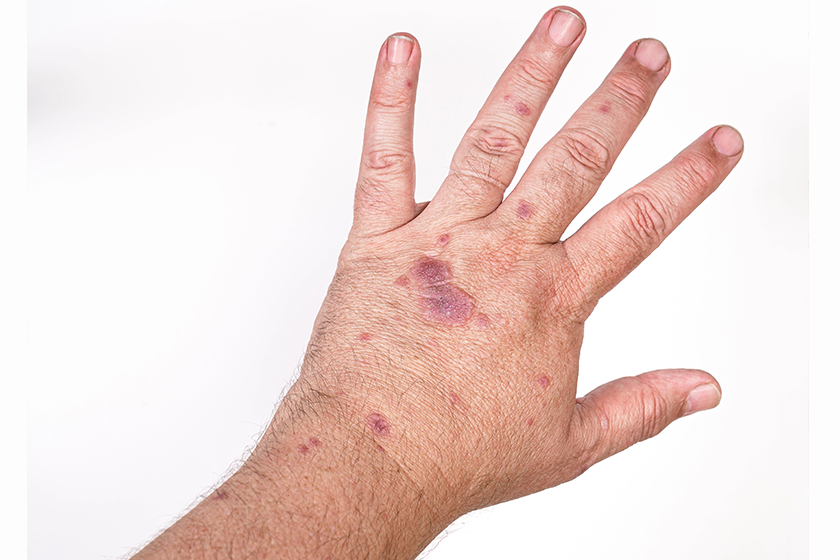As you age, your skin becomes more vulnerable to various conditions due to natural changes. Thinning, dryness, and reduced elasticity are just a few of the challenges that come with aging skin. By learning about these senior skin problems, you can protect your health and comfort while addressing them effectively.
Wrinkles
Wrinkles are one of the most visible signs of aging, appearing as fine lines and creases on the face, neck, and hands. Over time, the skin loses collagen and elasticity, making it more prone to folds and sagging. Sun exposure and lifestyle factors, such as smoking, can accelerate this process, deepening wrinkles and making them more prominent.
While wrinkles cannot be completely avoided, their appearance can be minimized with proper care. Moisturizers, retinoid creams, and sunscreen can help maintain skin elasticity and reduce further damage. Staying hydrated and follow a skincare routine can also make a noticeable difference in maintaining healthy, youthful-looking skin.
Dry and Itchy Skin
Dry and itchy skin, medically known as xerosis, is a common concern among the elderly. This condition is often caused by a natural decline in oil production, which results in flaky and irritated skin. Environmental factors like low humidity, harsh soaps, and prolonged exposure to hot water can worsen the problem, leading to discomfort.
Combatting dry skin involves using gentle, fragrance-free moisturizers and avoiding products that strip the skin of natural oils. Limiting long showers and using lukewarm water can also help retain moisture. Creating a comfortable environment for seniors, such as using humidifiers during colder months, can alleviate symptoms and promote healthier skin.
Skin Cancer
Skin cancer becomes a significant concern as you age, largely due to years of accumulated sun exposure. Common types include basal cell carcinoma and squamous cell carcinoma, which may manifest as unusual growths, sores, or scaly patches. Early detection is vital, making regular skin checks a necessary part of care.
Prevention plays a major role in reducing the risk of skin cancer. Use sunscreen with an SPF of at least 30, along with wide-brimmed hats and protective clothing when spending time outdoors. Routine visits to a dermatologist can help identify suspicious areas early for timely treatment and better outcomes.
Age Spots
Age spots, often referred to as liver spots, are flat, dark patches that develop on areas exposed to the sun. Over time, repeated sun exposure causes the skin to produce excess melanin, leading to these spots. While harmless, their appearance can be distressing for some individuals.
Topical treatments, such as brightening creams, and cosmetic procedures like laser therapy, can reduce the visibility of age spots. To prevent new spots from forming, sunscreen use is key. Protecting your skin from sun damage can help maintain an even skin tone and boost their confidence.
Bruising Easily
With age, skin becomes thinner and loses the fatty layer that cushions it, making it more susceptible to bruising. Even minor bumps or pressure can result in noticeable bruises, which may take longer to heal. Certain medications, like blood thinners, can further contribute to this problem.
To reduce the risk of bruising, create a safe environment by keeping floors clear and providing adequate lighting in your senior living spaces. Clothing with protective padding and mindful supervision during activities can also minimize injuries. By taking these precautions, you can help protect aging skin from unnecessary harm.
Caring for Aging Skin
Maintaining the health of aging skin requires consistent care and attention. Using gentle cleansers, moisturizers, and daily sunscreen can protect the skin and keep it hydrated. Routine skin checks for unusual spots or growths are equally important in identifying potential concerns early.







